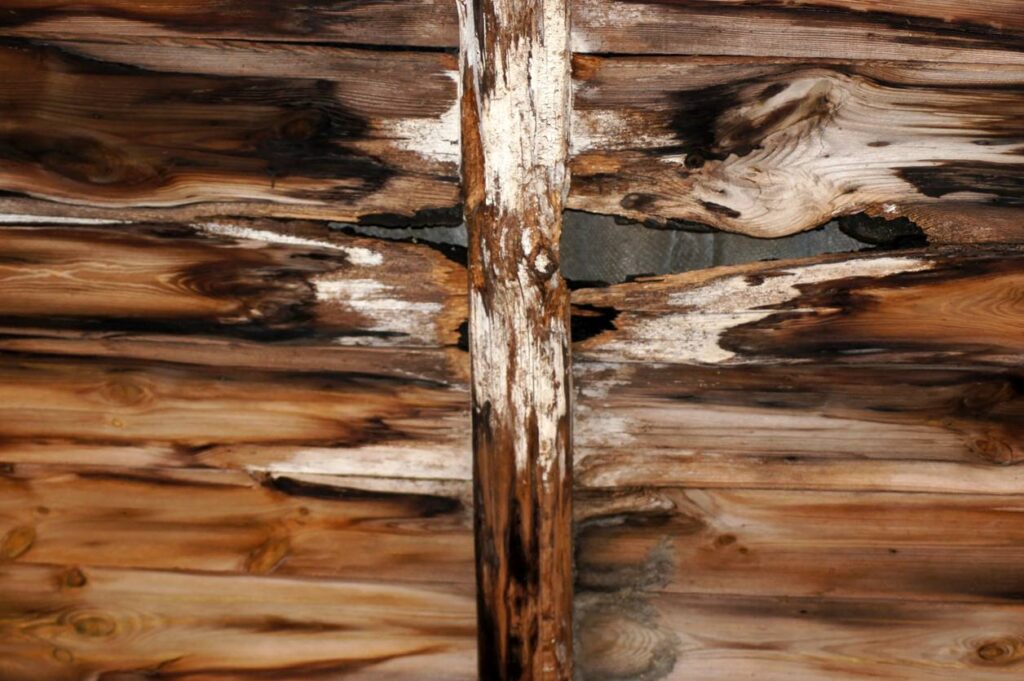When it comes to the removal of a wooden deck, safety and efficiency must be at the forefront of every step. Whether you’re dismantling a worn-out deck to replace it with something new or clearing space for another use, the process requires meticulous planning and careful execution. Understanding the correct steps for removing a wooden deck not only reduces the risk of injury but also minimizes potential damage to your property.
In this guide, we’ll walk you through the most effective and safest methods to remove a wooden deck, from preparation to disposal.
1. Inspect and Plan the Deck Removal
Before beginning the demolition process, it’s essential to assess the deck’s condition and plan how you will dismantle it. Inspect the deck structure to understand how it’s built, including the condition of the wood, nails, screws, and joists.
- Structural Integrity Check: Identify which parts of the deck are still sturdy and which are rotting or loose. Pay attention to any weak beams or loose planks that could make the removal process more dangerous.
- Utilities and Connections: Ensure there are no gas lines, electrical wiring, or plumbing connected to or running beneath the deck. You may need to consult a professional to handle any utility concerns before starting.
- Preparation of Tools: Gather the necessary tools for safe deck removal, including a crowbar, hammer, power drill, reciprocating saw, sledgehammer, and protective gear like gloves and safety glasses. Having the right equipment on hand can speed up the process significantly.
2. Remove Railings and Deck Boards First
Begin the removal process by dismantling the railings and deck boards. This will allow easier access to the joists and beams.
- Detach Railings: Use a crowbar or drill to carefully remove railings around the perimeter of the deck. This should be done cautiously, as removing them improperly could cause the structure to become unstable.
- Removing Deck Boards: Start removing the deck boards from the outer edges, working your way inward. If the boards are nailed down, use a pry bar to loosen them. For boards secured with screws, a power drill will be more effective.
- Preserving Materials for Reuse: If you plan on reusing any of the materials, such as railings or boards, work carefully to minimize damage. Gently remove nails and screws, and stack the boards neatly for later use.
3. Safely Dismantle the Support Structure
Once the top layers are removed, it’s time to tackle the support structure, including the joists, beams, and posts.
- Remove Joists: After clearing the deck boards, you’ll see the joists, which are horizontal beams that support the decking. Carefully cut through the joists using a reciprocating saw or unscrew them if they are bolted into place.
- Disassemble Beams and Ledger Boards: The beams are the next part to tackle. If they are connected to the house via ledger boards, cut through or unscrew these carefully. Ensure that you support the beams before cutting to prevent them from collapsing unexpectedly.
- Take Down the Posts: The final structural element of the deck is the vertical posts that support the deck from the ground. Use a reciprocating saw or sledgehammer to carefully remove the posts, paying attention to their anchoring. If the posts are embedded in concrete, additional work may be required to dig them out.
4. Handle Nails, Screws, and Fasteners Safely
During the removal process, you’ll likely encounter countless nails, screws, and fasteners. Leaving these behind can cause injuries or damage to tools if you’re planning to reuse the area for a new deck or patio.
- Proper Removal: Use a hammer, pliers, or a drill to pull out all nails and screws from the wood. Don’t attempt to cut through wood with nails still embedded, as this could damage your tools and create safety hazards.
- Disposal of Nails and Screws: Place all fasteners in a secure container. This prevents them from becoming a safety hazard during or after the removal process.
5. Dispose of the Debris Properly
Once the deck has been dismantled, you’ll need to dispose of the debris in an environmentally friendly and responsible manner.
- Recycling Materials: Consider if any parts of the deck can be recycled or repurposed. Old wood, especially if it’s still in good condition, may be useful for other projects. Some cities offer recycling programs for construction materials, so check with your local waste management.
- Waste Removal: For debris that cannot be recycled, arrange for proper disposal. This may involve renting a dumpster or scheduling a pickup with a waste removal service. Make sure to adhere to local regulations regarding the disposal of treated wood, which may contain harmful chemicals.
- Safe Transport: When moving debris, make sure to wear protective gear and handle heavy materials carefully to avoid injuries. It’s also advisable to have a buddy system for carrying large items like beams and posts.
6. Clean the Area After Removal
Once all materials have been removed, it’s crucial to thoroughly clean the area to ensure it’s safe and ready for future use.
- Sweep the Site: Clear the area of small debris, dust, and nails that may have fallen during the dismantling process. Use a magnetized tool to pick up any loose metal fasteners.
- Inspect the Ground: If the deck was built over concrete or pavers, inspect the ground for damage. Repair any cracks or uneven surfaces that may have developed over time.
- Prepare for New Installations: If you plan on replacing the deck or utilizing the space for something new, ensure the area is level and properly prepared before starting construction.
7. Hiring a Professional for Deck Removal
While DIY deck removal is certainly possible, it may not be the right solution for everyone. If you are dealing with a particularly large or complicated structure, or if you are unsure of how to proceed, hiring a professional is always an option worth considering.
- Experience and Safety: Professional deck removal companies have the experience, tools, and manpower to handle the job safely and efficiently. This is particularly important if the deck is connected to your home or has complicated electrical or gas components.
- Cost-Effective: Though hiring professionals comes with a cost, it may end up saving you time and potential repairs if something goes wrong during a DIY removal.
- Comprehensive Service: Many professional services will also handle debris removal and disposal, leaving you with a clean, ready-to-use space.
Conclusion
conducting a safe and effective wooden deck removal requires thorough planning, the right tools, and a careful approach to avoid injury or damage. By following the steps outlined above, you can ensure a smooth and successful removal process, leaving your space ready for its next use.


